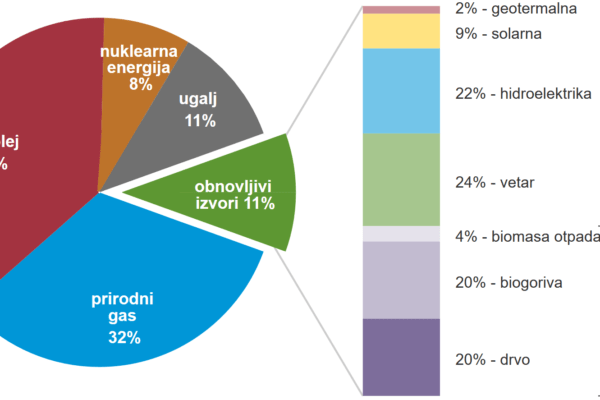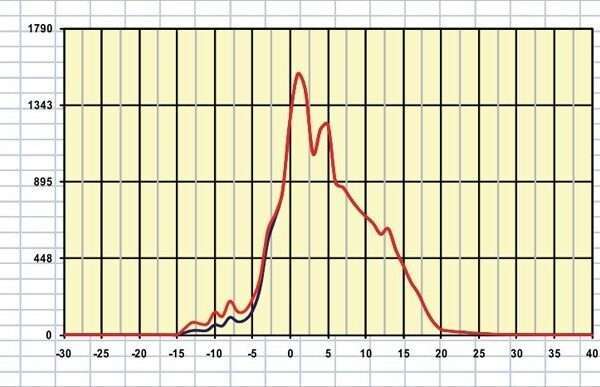Heat energy naturally transfers from warmer places to colder spaces. However, a heat pump can reverse this process, by absorbing heat from a cold space and releasing it to a warmer one. Heat is not conserved in this process and requires some amount of external energy, such as electricity. In heating, ventilation and air conditioning (HVAC) systems, the term heat pump usually refers to vapor-compression refrigeration devices optimized for high efficiency in both directions of thermal energy transfer. These heat pumps can be reversible, and work in either direction to provide heating or cooling to the internal space.
Heat pumps are used to transfer heat because less high-grade energy is required than is released as heat. Most of the energy for heating comes from the external environment, only a fraction of which comes from electricity (or some other high-grade energy source required to run a compressor). In electrically-powered heat pumps, the heat transferred can be three or four times larger than the electrical power consumed, giving the system a coefficient of performance (COP) of 3 or 4, as opposed to a COP of 1 for a conventional electrical resistance heater, in which all heat is produced from input electrical energy.
Heat pumps use a refrigerant as an intermediate fluid to absorb heat where it vaporizes, in the evaporator, and then to release heat where the refrigerant condenses, in the condenser. The refrigerant flows through insulated pipes between the evaporator and the condenser, allowing for efficient thermal energy transfer at relatively long distances.
Reversible heat pumps
Reversible heat pumps work in either direction to provide heating or cooling to the internal space. They employ a reversing valve to reverse the flow of refrigerant from the compressor through the condenser and evaporation coils.
In heating mode, the outdoor coil is an evaporator, while the indoor is a condenser. The refrigerant flowing from the evaporator (outdoor coil) carries the thermal energy from outside air (or soil, or better still, moving water) indoors. Vapor temperature is augmented within the pump by compressing it. The indoor coil then transfers thermal energy (including energy from the compression) to the indoor air, which is then moved around the inside of the building by an air handler.
Alternatively, thermal energy is transferred to water, which is then used to heat the building via radiators or underfloor heating. The heated water may also be used for domestic hot water consumption. The refrigerant is then allowed to expand, and hence cool, and absorb heat from the outdoor temperature in the outside evaporator, and the cycle repeats. This is a standard refrigeration cycle, save that the “cold” side of the refrigerator (the evaporator coil) is positioned so it is outdoors where the environment is colder.
In cold weather, the outdoor unit of an air source heat pump needs to be intermittently defrosted. This will cause the auxiliary or emergency heating elements (located in the air-handler) to be activated. At the same time, the frost on the outdoor coil will quickly be melted due to the warm refrigerant. The condenser/evaporator fan will not run during defrost mode.
In cooling mode the cycle is similar, but the outdoor coil is now the condenser and the indoor coil (which reaches a lower temperature) is the evaporator. This is the familiar mode in which air conditioners operate.





